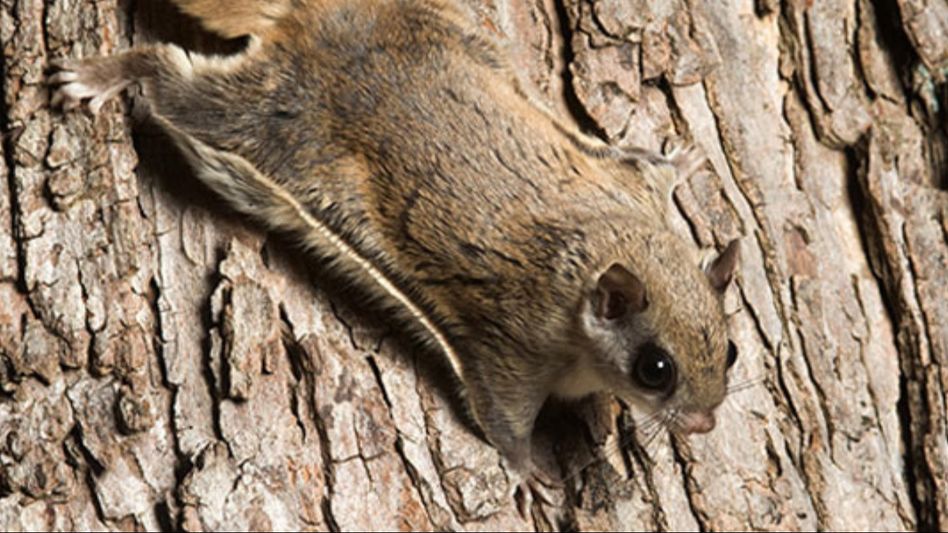Arunachal: Nocturnal flying squirrel spotted after 42 years
The elusive Namdapha flying squirrel (Biswamoyopterus biswasi), a nocturnal arboreal species, has made a remarkable reappearance in the dense forests of Arunachal Pradesh after 42 years of eluding detection.

The elusive Namdapha flying squirrel (Biswamoyopterus biswasi), a nocturnal arboreal species, has made a remarkable reappearance in the dense forests of Arunachal Pradesh, India, after 42 years of eluding detection.
This critically endangered species, known for its reddish, grizzled fur and distinctive gliding membrane, was last officially recorded in 1981 within the confines of the Namdapha National Park.
The rediscovery of this species, which inhabits the tall Mesua ferrea jungles, particularly on hill slopes near the Dihing River, underscores the rich biodiversity of the region and the importance of ongoing conservation efforts.
Flying squirrels, such as the Namdapha flying squirrel, are nocturnal creatures that have adapted to life in the treetops, feeding on fruits, seeds, and insects.
They possess a patagium, a skin membrane extending from wrist to ankle, enabling them to glide gracefully between trees. Despite their name, these mammals do not truly fly but can cover impressive distances in a single glide, with some species capable of traversing over 150 feet.
Also Read: Arunachal students body organise mega stir over killing of former MLA, demands fast-track investigation
The conservation status of the Namdapha flying squirrel is a matter of grave concern, with the IUCN listing it as Critically Endangered and the Wildlife Protection Act of India placing it under Schedule I, indicating the highest level of protection.
Threats to its survival include poaching and potential habitat destruction, highlighting the need for robust conservation strategies.
Efforts to protect flying squirrels and their habitats are crucial for maintaining ecological balance. For instance, the Carolina northern flying squirrel benefits from ultrasound detectors used by biologists to document its presence, and initiatives like the Southern Appalachian Spruce Restoration Initiative aim to restore forest habitats.
Moreover, legislation such as the Recovering America's Wildlife Act could provide essential funding for State Wildlife Action Plans, directly aiding the conservation of flying squirrels.
The recent sighting of the Namdapha flying squirrel serves as a beacon of hope and a call to action for wildlife enthusiasts and conservationists alike.
It is a reminder of the resilience of nature and the imperative to safeguard the diverse species sharing our planet.
Copyright©2025 Living Media India Limited. For reprint rights: Syndications Today









